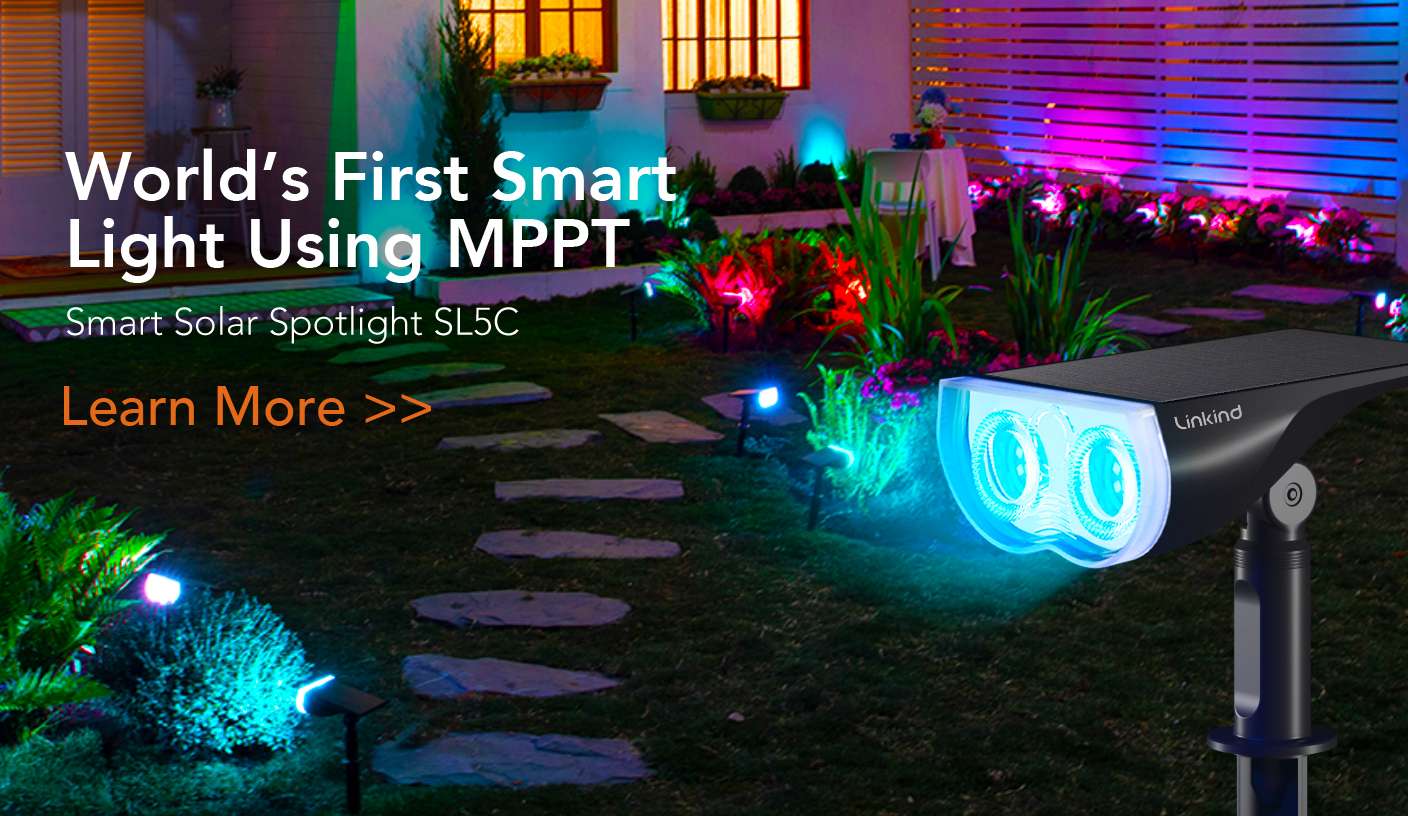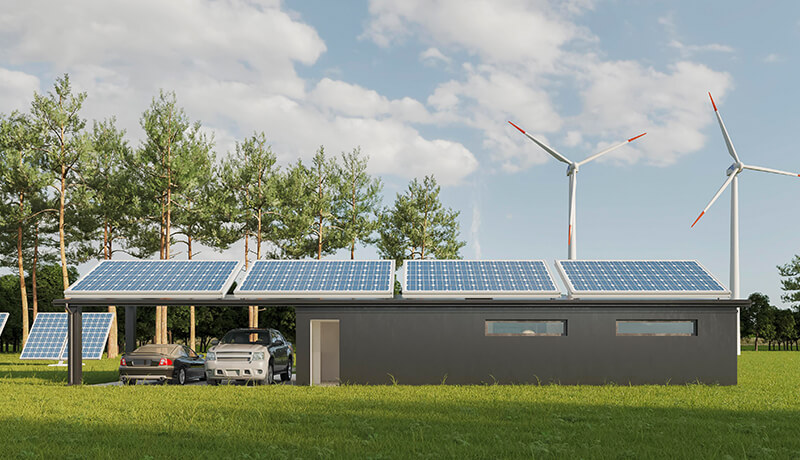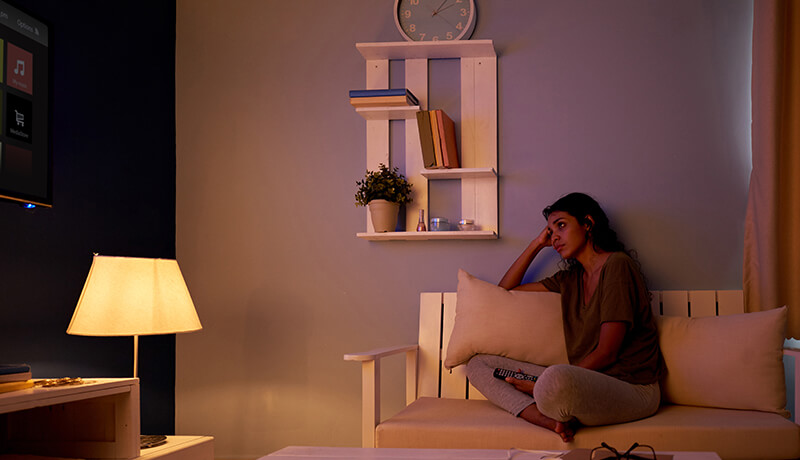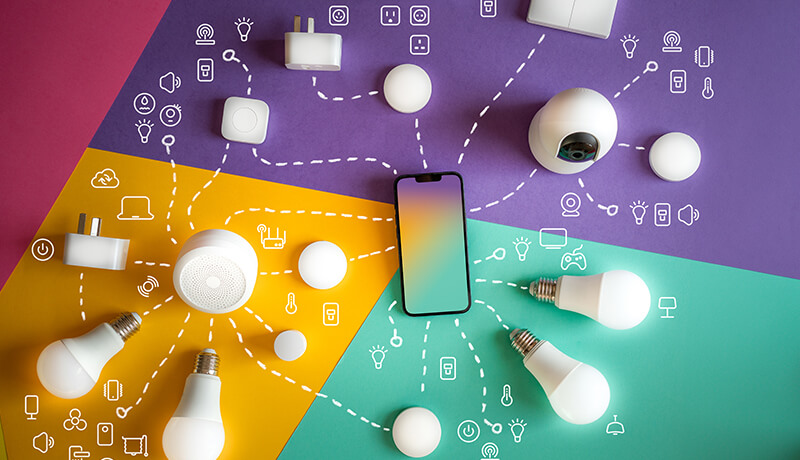In recent years, solar-powered security cameras have surged in popularity due to their eco-friendly nature, ease of installation, and cost savings. They harness renewable solar energy to provide continuous surveillance without the constraints of wiring or frequent battery replacements.
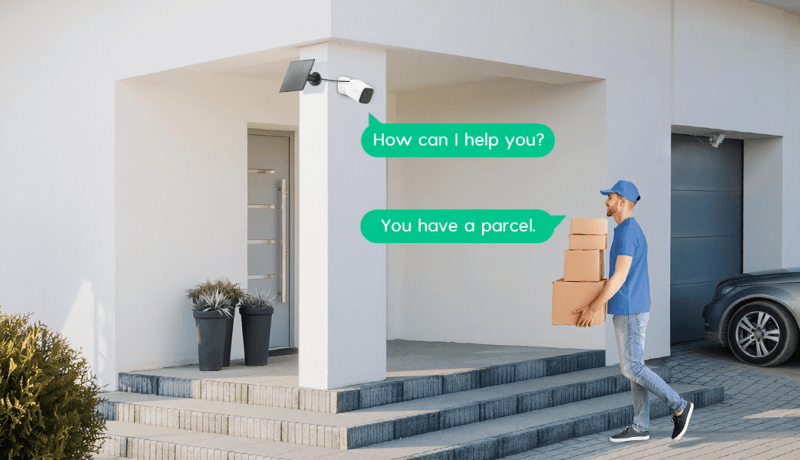

1. Understanding Solar-Powered Security Cameras: How They Work
Solar-powered security cameras integrate photovoltaic solar panels, rechargeable batteries, and a camera system with smart features. During the day, solar panels convert sunlight into electricity, charging internal batteries that power the camera 24/7, including during nighttime. Key components include:
●Solar Panel Efficiency: Modern panels achieve 15%-22% efficiency in converting sunlight, depending on materials and design.
●Battery Capacity: Typically measured in watt-hours (Wh), determines how long the camera can operate without sunlight.
●Camera Features: High-definition video, infrared night vision, motion detection, two-way audio, and wireless connectivity.
Solar cameras' independence from the electrical grid makes them ideal for remote or off-grid locations. The smart integrations often include cloud storage, mobile alerts, and compatibility with platforms like Matter or Alexa.
2. Diverse Use Cases for Solar Security Cameras
2.1 Residential Security
Homeowners face challenges installing wired cameras outdoors due to wiring complexity and cost. Solar cameras overcome these by wireless installation and continuous self-charging. Common residential uses include:
●Front yards and driveways: Monitor visitors and packages
●Backyards and gardens: Watch for intruders and pets
●Remote vacation homes: Provide security without power access
A survey by Statista (2024) found that 45% of new home security installations now consider solar-powered devices due to convenience and sustainability.
2.2 Commercial and Industrial Sites
Warehouses, construction sites, and outdoor event venues often lack permanent power infrastructure. Solar cameras offer:
●Rapid deployment without trenching or wiring
●Cost savings on electricity and installation labor
●Flexibility to reposition as site layout changes
Data from the International Security Equipment Association (ISEA) shows solar surveillance reduces installation costs by 30% on average compared to traditional wired setups.
2.3 Agricultural and Rural Applications
Remote farms and ranches benefit from solar cameras for:
●Livestock monitoring
●Preventing theft of machinery or crops
●Perimeter surveillance without reliance on grid power
A USDA report (2023) notes that solar surveillance adoption in rural areas grew 25% year-over-year, driven by need for reliable, low-maintenance solutions.
2.4 Public and Municipal Use
Parks, transit stops, and other public spaces incorporate solar cameras to enhance security while minimizing infrastructure investment and environmental impact. Benefits include:
●Reducing carbon footprint of surveillance systems
●Avoiding costly underground wiring in public areas
●Enhancing community safety through smart monitoring
The U.S. Environmental Protection Agency (EPA) encourages municipalities to adopt solar-powered tech for greener urban management.
3. Advantages of Solar Security Cameras Over Conventional Systems
| Feature | Solar-Powered Cameras | Wired Cameras | Battery-Only Cameras |
| Power Source | Solar + Battery | Electrical Grid | Battery only |
| Installation Complexity | Low | High (wiring needed) | Moderate |
| Maintenance Frequency | Low | Medium | High |
| Operational Cost | Minimal (no electric bill) | Electric bill applies | Battery replacement cost |
| Environmental Impact | Low CO2 emissions | Higher | Medium |
| Smart Features | High | High | Medium |
This table clearly shows solar-powered cameras provide a balance of low cost, ease of installation, and eco-friendliness unmatched by wired or battery-only models.
4. Technical Insights: Solar Panel Efficiency and Battery Technologies
Solar panels for cameras typically use monocrystalline or polycrystalline silicon cells. Monocrystalline cells offer higher efficiency (~22%) but cost more, while polycrystalline (~15-17%) provide a budget option.
Battery types include:
●Lithium-ion: High energy density, long cycle life, but sensitive to temperature extremes.
●Lead-acid: Lower cost but heavier and shorter lifespan.
Aidot L1 and other premium models utilize lithium-ion batteries optimized for outdoor solar charging conditions.
5. Real-World Scenarios Highlighting the Benefits of Solar Security Cameras
5.1 Case Study: Remote Ranch Monitoring
In a large ranch located in Arizona, with no accessible power grid nearby, installing traditional wired cameras was impractical and expensive. By switching to solar-powered cameras, the ranch manager achieved continuous monitoring of livestock and entry points with zero electricity cost and minimal maintenance. During cloudy winter months, the solar panels with high-efficiency cells and optimized lithium-ion batteries maintained up to 72 hours of backup operation.
5.2 Scenario: Urban Park Security Enhancement
A city park in California upgraded its security system by installing solar-powered cameras at entrances and playgrounds. This upgrade reduced the need for underground cabling, which often disrupts landscaping. The system integrated with the city's smart grid platform, allowing real-time video analytics and alerting local law enforcement of suspicious activity promptly.
5.3 Agricultural Application: Crop Theft Prevention
Farmers in Iowa faced recurring crop theft, with limited electrical infrastructure for surveillance. The solar-powered cameras, with motion detection and night vision, provided round-the-clock security and sent instant alerts via cellular networks. The energy self-sufficiency cut monitoring costs by 40%, and theft incidents dropped by 30% in the first year.
6. Industry Data and Market Trends in Solar Surveillance
The global solar-powered security camera market is projected to grow at a CAGR of 12.8% from 2024 to 2030, reaching USD 3.2 billion by 2030 (Source: MarketsandMarkets, 2024). Key drivers include increasing demand for green technologies, urbanization, and smart city initiatives.
The smart home sector increasingly integrates solar cameras with voice assistants and IoT ecosystems. “Matter” protocol support enhances device interoperability and user experience (Source: Connectivity Standards Alliance, 2024).
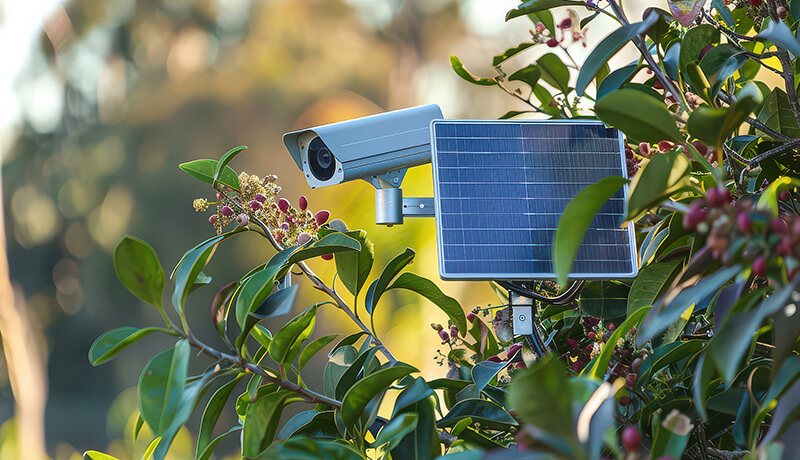

Technical Comparison: Solar vs Conventional Cameras
| Aspect | Solar Security Cameras | Conventional Wired Cameras | Battery-Powered Cameras |
| Power Dependency | Independent, solar-powered | Grid-dependent | Limited battery life |
| Installation Ease | Easy, wireless | Complex, wiring required | Easy but battery replacement |
| Maintenance Cost | Low (battery + panel upkeep) | Medium (wiring and power) | High (battery replacement) |
| Operational Cost | Minimal electricity cost | Electricity costs applicable | Battery purchase/replacement |
| Environmental Impact | Low CO2 emissions | Higher due to grid power | Medium due to battery disposal |
| Smart Features Support | High (IoT, cloud, alerts) | High | Moderate |
| Longevity | 5-7 years typical | 5-10 years | 2-3 years typical |
This comparison demonstrates that solar cameras balance environmental sustainability, cost efficiency, and smart capabilities, making them increasingly preferable in modern security setups.
8. AiDot Winees L1 Outdoor Wireless Solar Security Camera:Features and Advantages
Aidot L1 is a cutting-edge solar-powered security camera designed for both residential and commercial applications. Key features include:
●100% Wire-Free & 365 Days Life
●Ultra-Clear 2K QHD Resolution
●Customized Activity Zones
●Ultra-Smart AI Recognition
●Advanced Animal Detection
●Convenient Two-Way Talk
●Secure Storage & Privacy Protection
●Easy Installation & IP66 Weather Resistance
Aidot L1 design maximizes energy efficiency, provides reliable performance in diverse climates, and offers a robust security solution with minimal user maintenance.
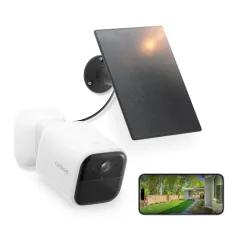
- 100% Wire-Free & 365 Days Life
- Ultra-Clear 2K QHD Resolution
- Customized Activity Zones
- Ultra-Smart AI Recognition
- Advanced Animal Detection
- Convenient Two-Way Talk
- Secure Storage & Privacy Protection
- Easy Installation & IP66 Weather Resistance
9. Frequently Asked Questions (FAQs)
Q1: How does solar power reduce operational costs?
Solar cameras eliminate electricity bills by generating their own power and reduce maintenance costs by minimizing wiring issues and battery replacements.
Q2: Are solar security cameras weatherproof?
Yes, quality solar cameras are designed with IP65 or higher waterproof ratings, suitable for harsh outdoor environments including rain, snow, and extreme temperatures.
Conclusion
Solar-powered security cameras represent a revolutionary advancement in sustainable and efficient surveillance. They address the limitations of traditional wired and battery-only systems by leveraging renewable energy, reducing costs, and simplifying installation. Across residential, commercial, agricultural, and municipal applications, solar cameras provide reliable security solutions adapted to diverse environments.













